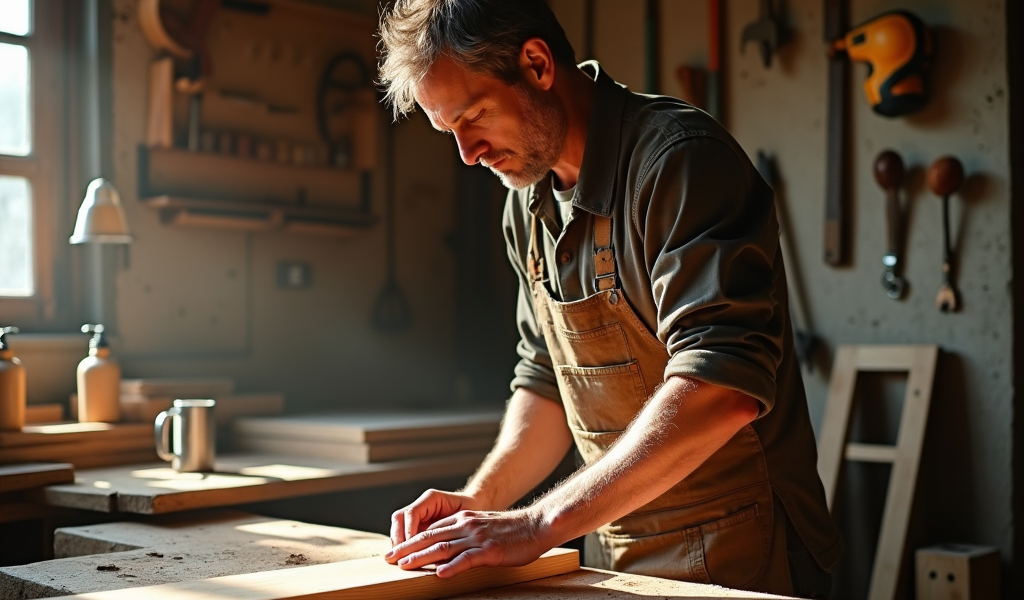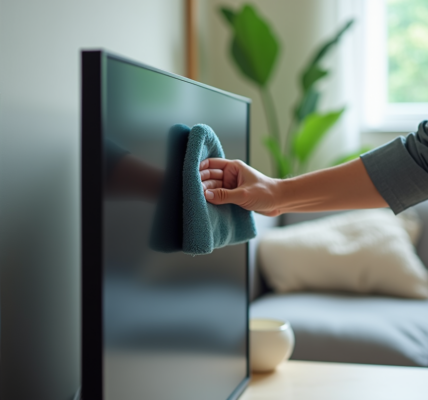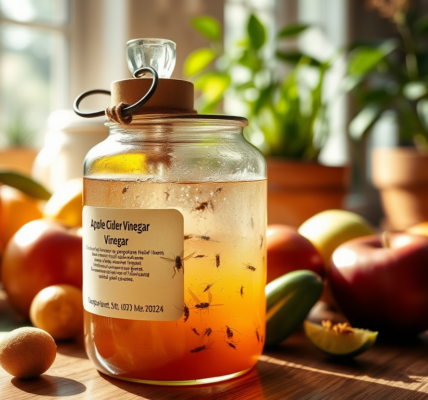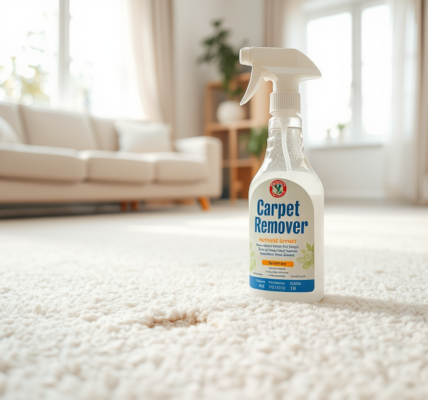Choosing the right type of wood for furniture is crucial for ensuring it meets both aesthetic and functional requirements. Various types of wood offer distinct advantages and disadvantages, depending on factors such as durability, appearance, and cost. This article explores the pros and cons of different types of wood used for furniture construction, helping you make an informed decision for your furniture projects.
Hardwood vs Softwood: Understanding the Basics
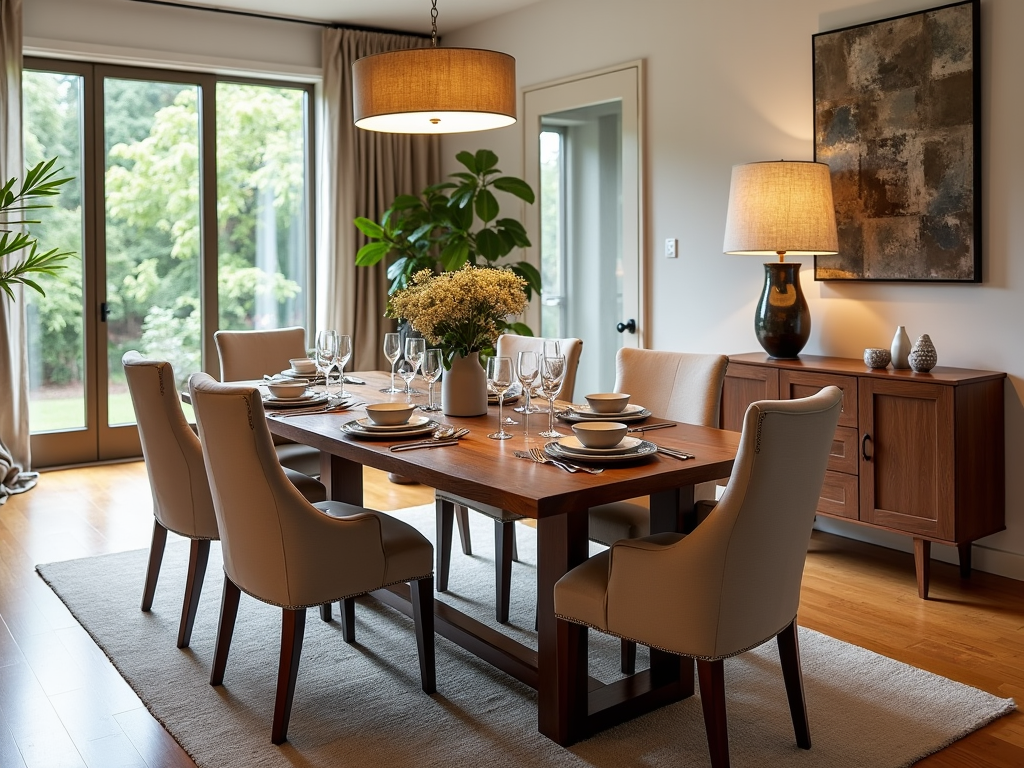
When selecting wood for furniture, it’s essential to understand the fundamental difference between hardwood and softwood. Hardwoods generally come from deciduous trees, like oak or maple, and are known for their durability and density. On the other hand, softwoods come from coniferous trees, such as pine or cedar, and are usually lighter and easier to work with.
Hardwoods are often more expensive due to their durability and aesthetically pleasing grain patterns, making them suitable for high-end furniture pieces. Conversely, softwoods tend to be more affordable and versatile, fitting well into budget-friendly projects. However, they may not withstand as much wear and tear over time.
The choice between hardwood and softwood ultimately depends on your specific requirements for durability, aesthetics, and budget. Each type of wood has unique features that may appeal to different furniture styles or purposes. Thus, understanding these differences will allow you to choose the appropriate wood for your furniture needs.
Oak: A Classic Choice for Furniture
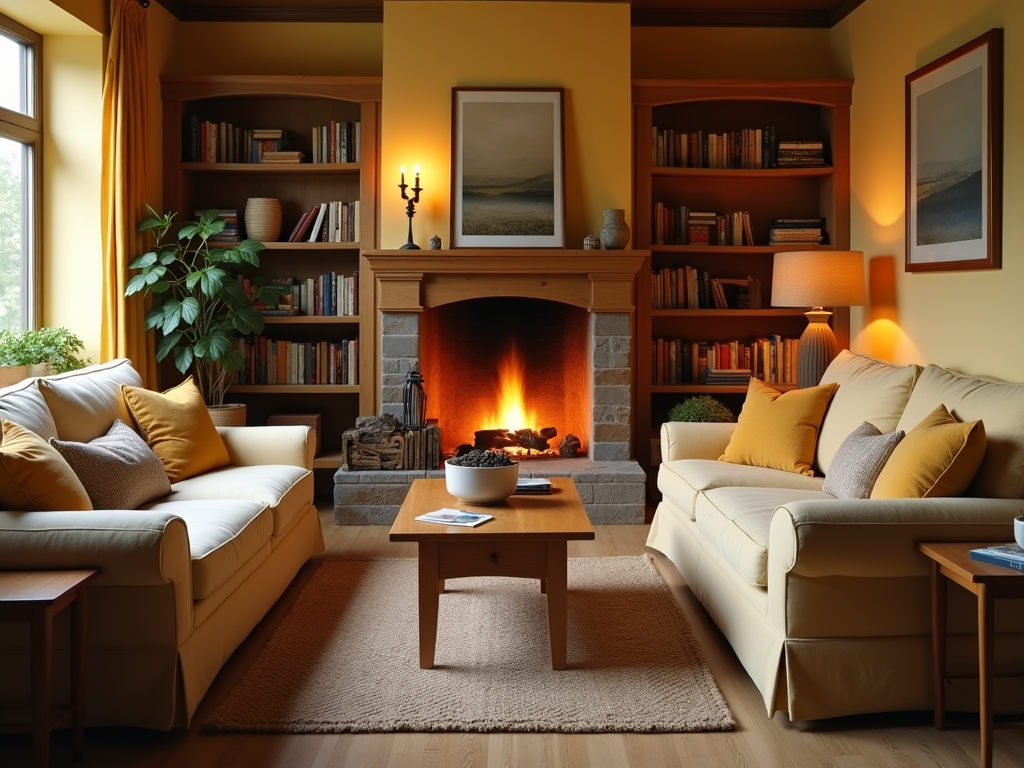
Oak remains one of the most popular wood types for furniture due to its strength and timeless appearance. It features a prominent grain pattern that provides an elegant and sophisticated look, which is why it’s frequently used in traditional and rustic furniture. Oak’s durability is unmatched, making it an excellent choice for heavy-use furniture like dining tables and chairs.
Another benefit of oak is its resistance to moisture and fungal attacks, especially in white oak varieties. This makes it suitable for outdoor furniture or pieces that require longevity in various environments. Additionally, oak can be easily stained, allowing for greater customization in terms of color and finish.
However, oak’s hardness can also be a disadvantage as it requires specialized tools for cutting and shaping. Moreover, it is heavier than other woods, which may present challenges in moving or rearranging furniture. Overall, oak is typically more expensive, reflecting its durability and visual appeal.
Pine: The Economical Alternative
Pine is widely used in furniture making due to its affordability and availability. It boasts an attractive, light grain that offers a more casual aesthetic, which can be ideal for farmhouse-style or simple furniture designs. Its lightweight nature makes it easy to cut and manipulate, allowing for creative and intricate designs.
One of the main advantages of pine is its sustainability; it grows rapidly, ensuring a steady supply and making it an environmentally friendly choice. Another plus is its affordability, suitable for budget-conscious clients without compromising on quality or style.
However, pine is softer than hardwoods, which means it is more susceptible to dents and scratches. It also requires regular maintenance to avoid yellowing over time. Despite its limitations, pine remains a practical choice for informal spaces and projects requiring quick turnaround times.
Walnut: The Definition of Luxury
Walnut is highly coveted for its rich, dark color and straight grain, adding an element of luxury and sophistication to furniture pieces. It is relatively durable and shock-resistant, making it an excellent choice for heirloom furniture or high-end design projects. Walnut’s color varies from light brown to chocolate, providing versatility in aesthetics.
While walnut is more expensive than other woods, the investment is worthwhile for those looking for a luxurious look and feel. Its workability is another advantage since it is relatively easy to cut and carve, offering flexibility in creating intricate designs.
Despite these benefits, walnut can become more expensive, especially as availability fluctuates. It may darken with age, adding to its charm for some, while others may find it less appealing. Additionally, it is not as resistant to moisture and sunlight, so it should be used with care in certain environments.
The Pros and Cons of Cherry Wood
Cherry wood is celebrated for its beautiful warm tones and smooth grain, making it a favored choice for elegant and timeless furniture designs. Its reddish hue deepens with age, which many enthusiasts find appealing. Cherry is moderately durable and can withstand regular use in indoor settings.
Its workability is one of cherry wood’s strongest assets – it can be easily shaped, sanded, and finished, allowing for precise detailing and customization. Cherry wood can be used for various furniture types, from cabinetry to dining sets, due to its versatility and aesthetic appeal.
However, the cost of cherry wood can be a deterrent for some, given it’s typically more expensive than other domestic hardwoods. Additionally, it is less resistant to scratches and nicks, requiring more cautious handling and care. Nonetheless, its distinctive appearance and finish make it a worthwhile option for classic and sophisticated furniture designs.
Conclusion
Selecting the right type of wood for furniture involves considering various factors like appearance, durability, and cost. Each wood type—be it hardwoods like oak and walnut or softwoods like pine—offers unique benefits and challenges. Oak is renowned for its strength and classic look, while pine provides affordability and ease of use. Walnut exudes luxury, fitting high-end designs, and cherry offers a warm, elegant finish for timeless furniture pieces.
Understanding these pros and cons will guide you in choosing the right wood for your specific needs, ensuring that your furniture not only looks beautiful but also stands the test of time. Tailor your decision to the intended use, environment, and personal taste to achieve the best results in your furniture projects.
Frequently Asked Questions
- What is the most durable type of wood for furniture?
Hardwoods like oak and walnut are typically the most durable, providing excellent longevity and resistance to wear and tear. - Is pine wood suitable for outdoor furniture?
Pine is not ideal for outdoor furniture as it is softer and more susceptible to moisture damage compared to woods like teak or cedar. - Why is cherry wood more expensive?
Cherry wood’s cost is attributed to its unique aesthetic and the time it takes for trees to mature. Its natural beauty and workability justify the higher price for high-quality pieces. - Can walnut wood be used in brightly lit rooms?
Walnut can be used in brightly lit rooms, but prolonged exposure to sunlight may darken its color over time, which should be considered in design planning. - How should I maintain oak furniture?
Regular dusting, polishing, and avoiding excess moisture will help maintain oak furniture. Using protective coasters and pads also prevent scratches and stains.
